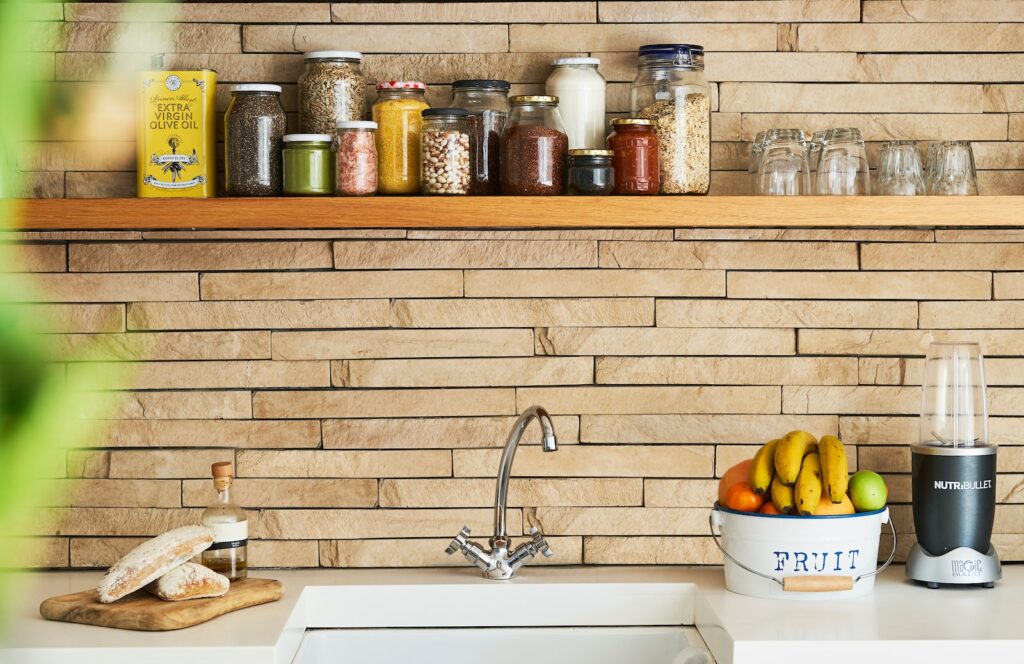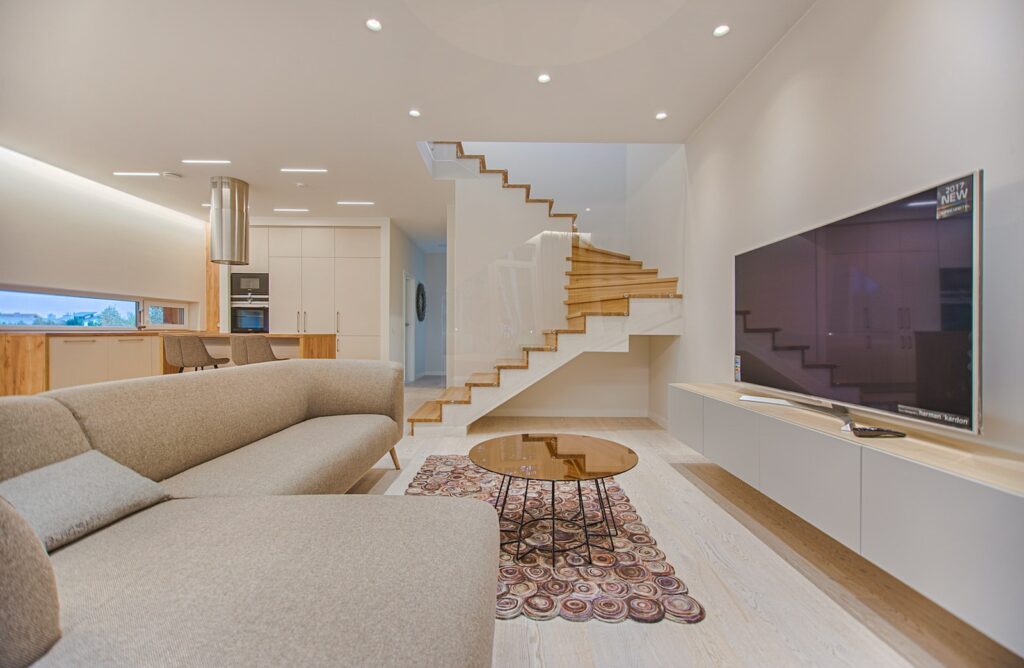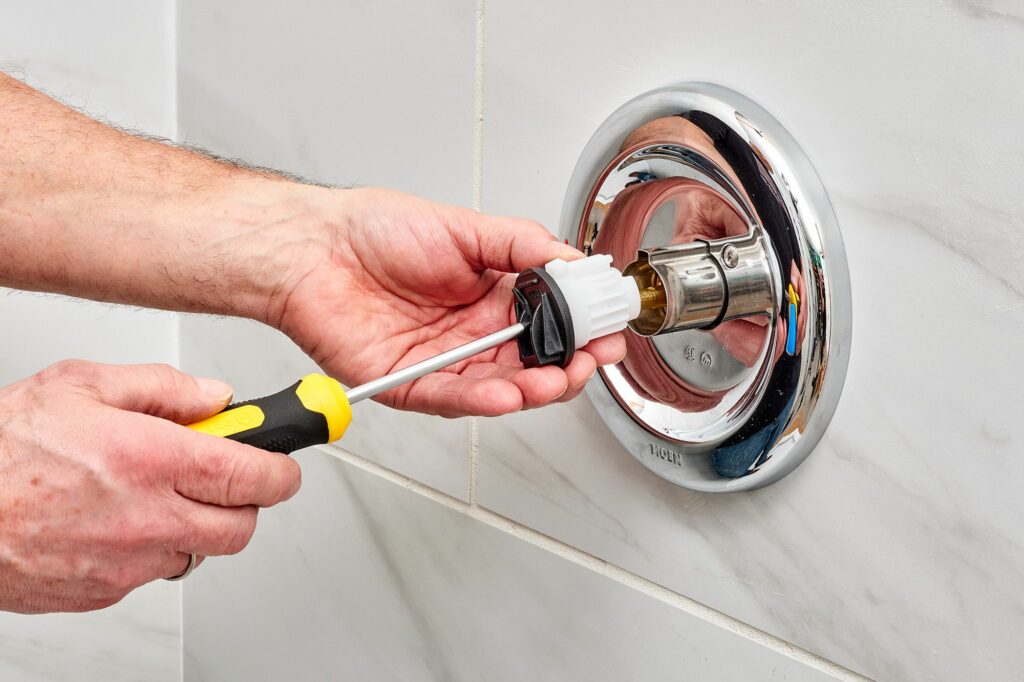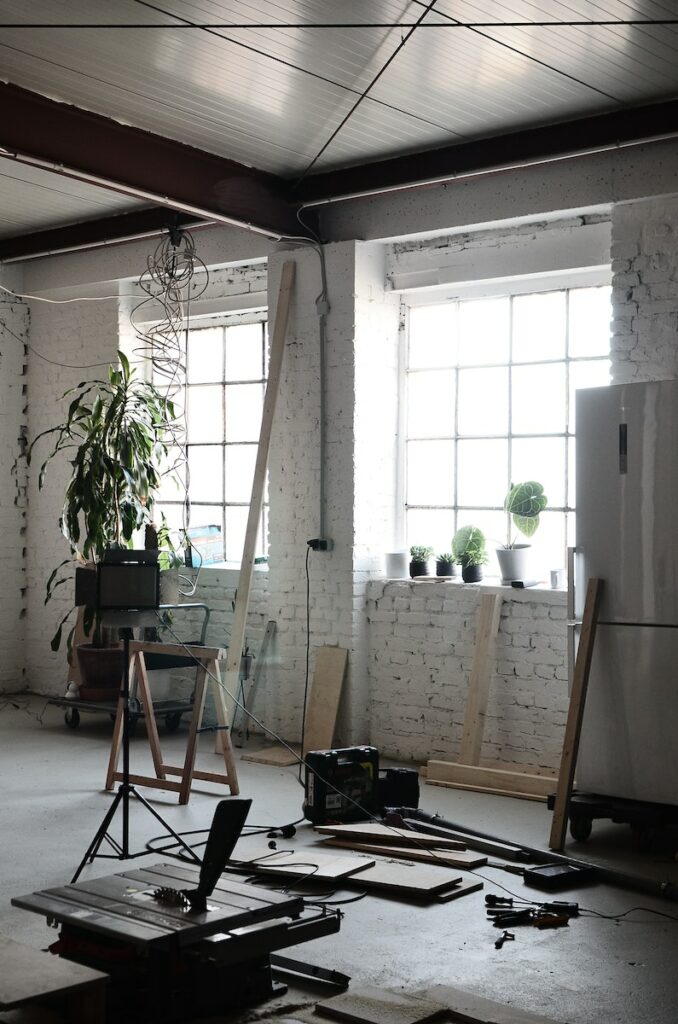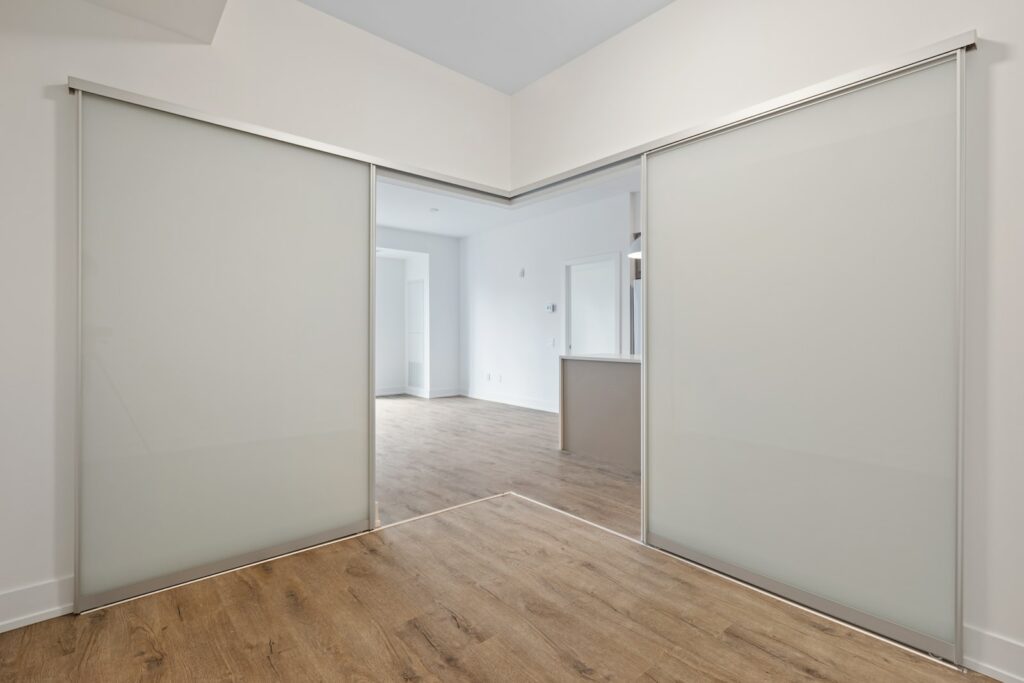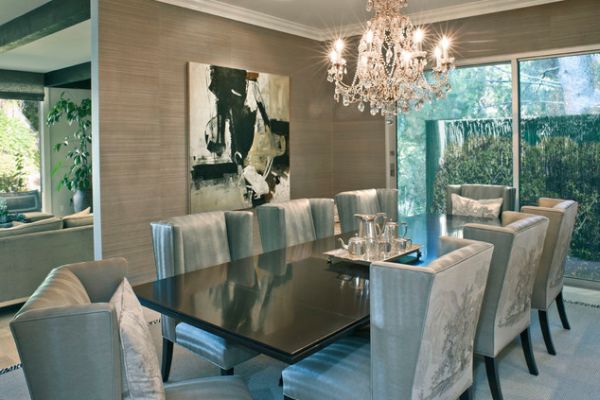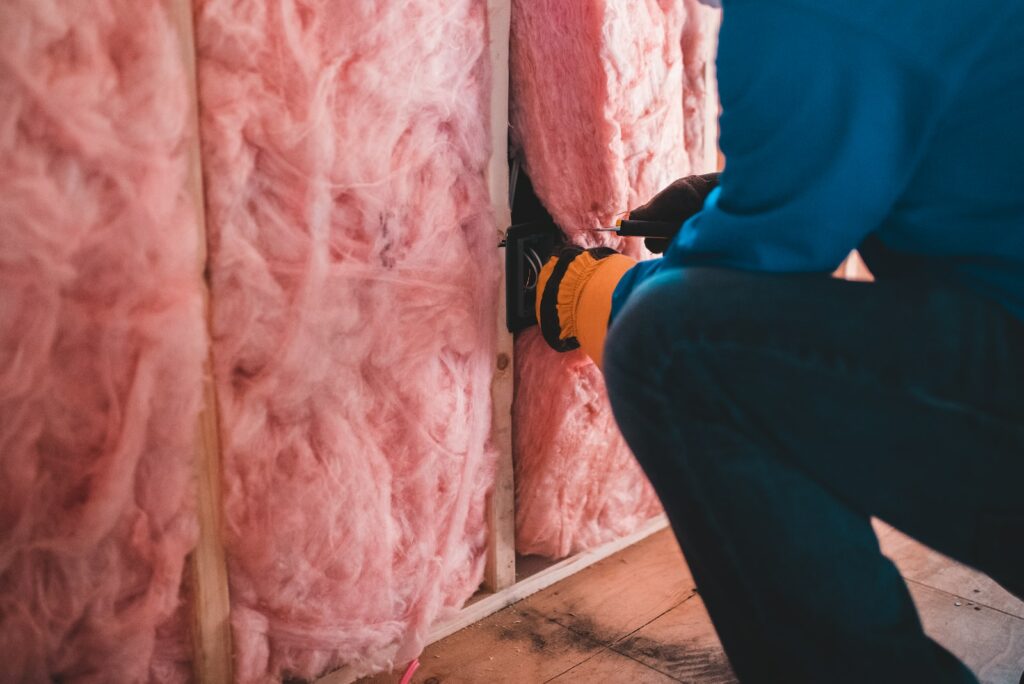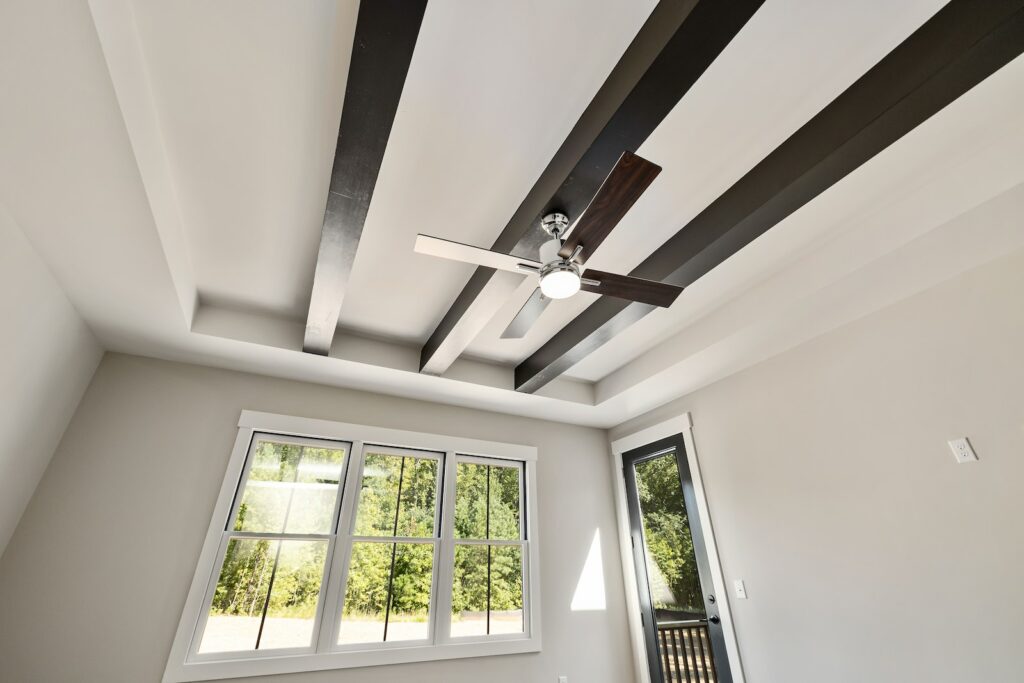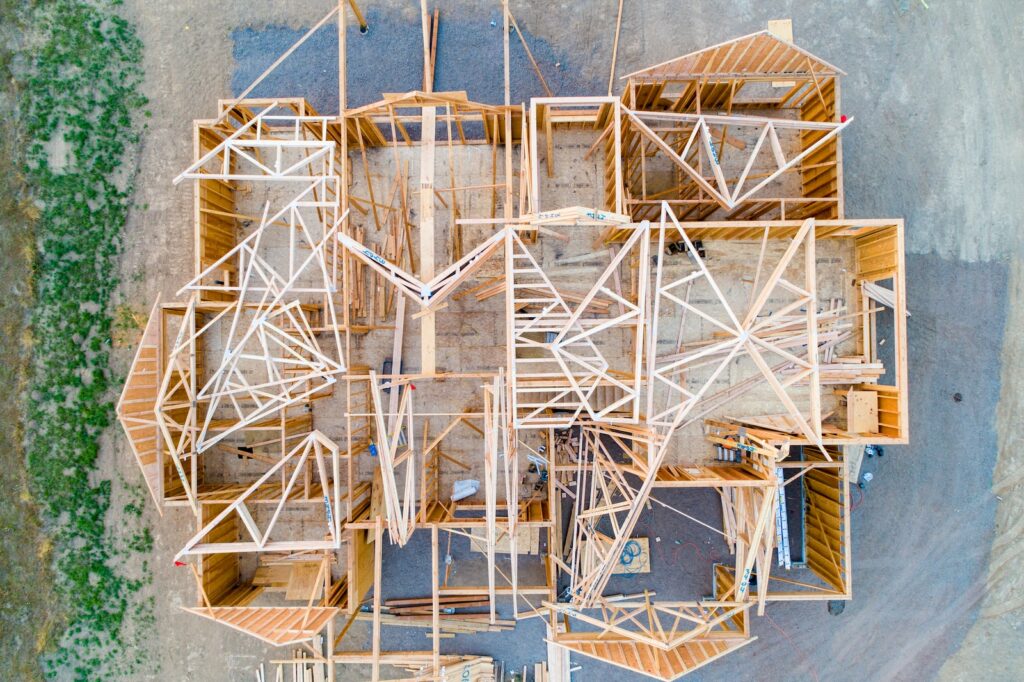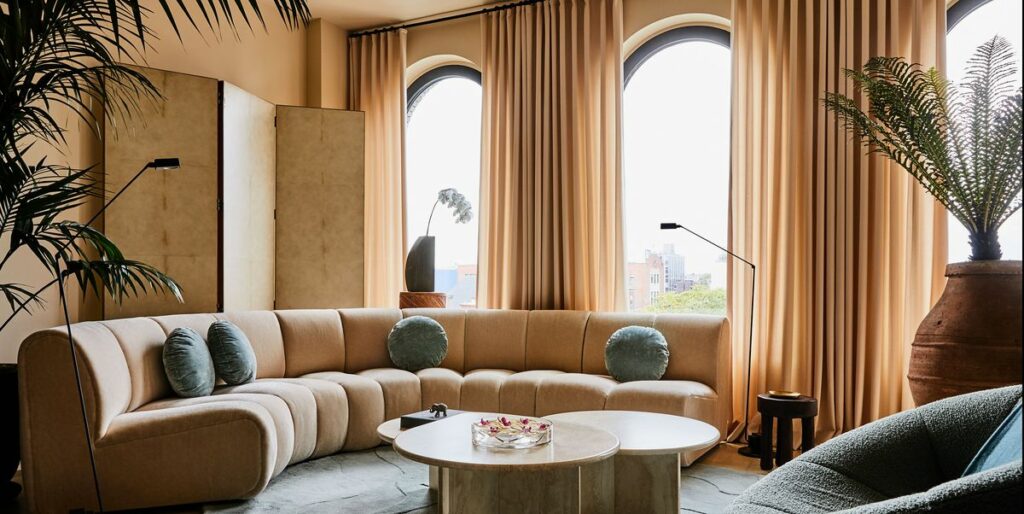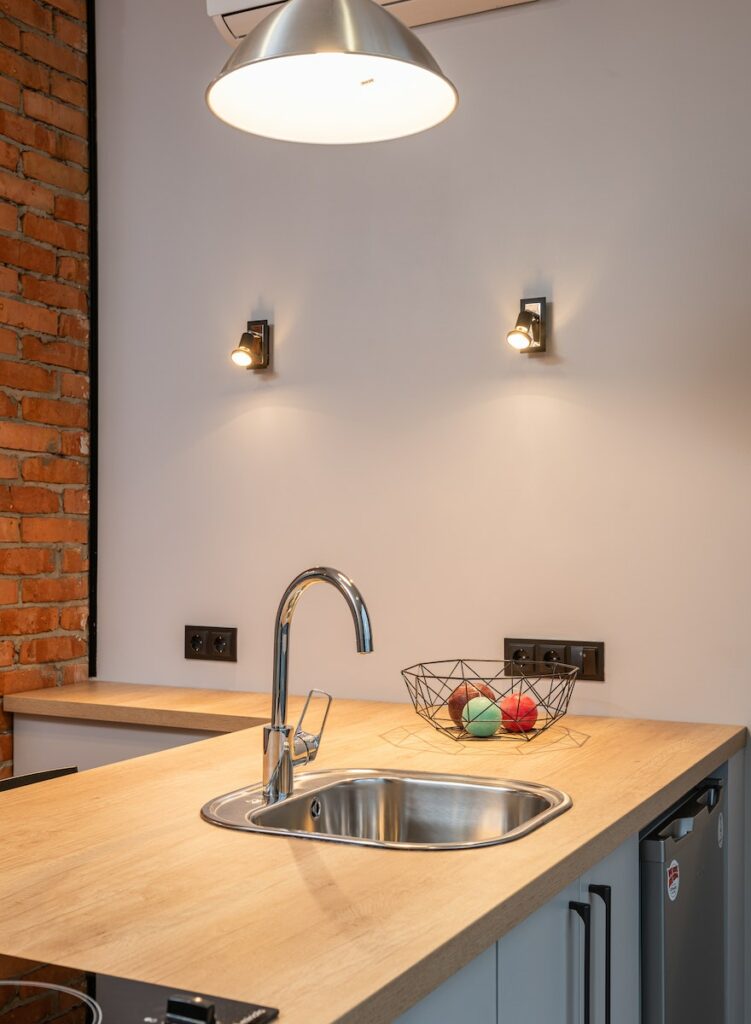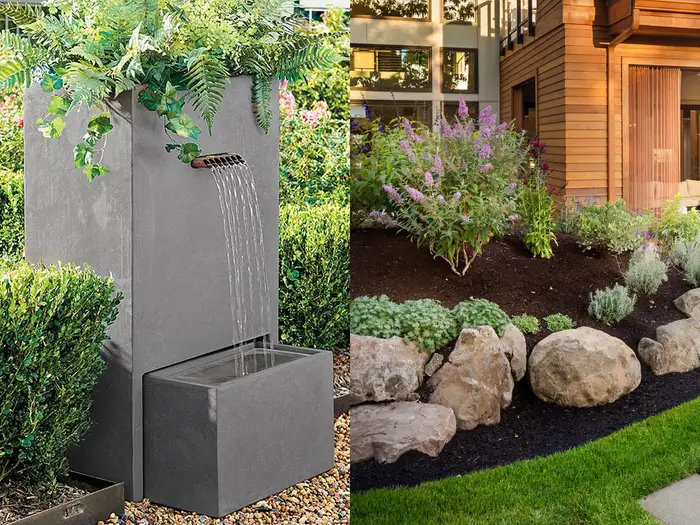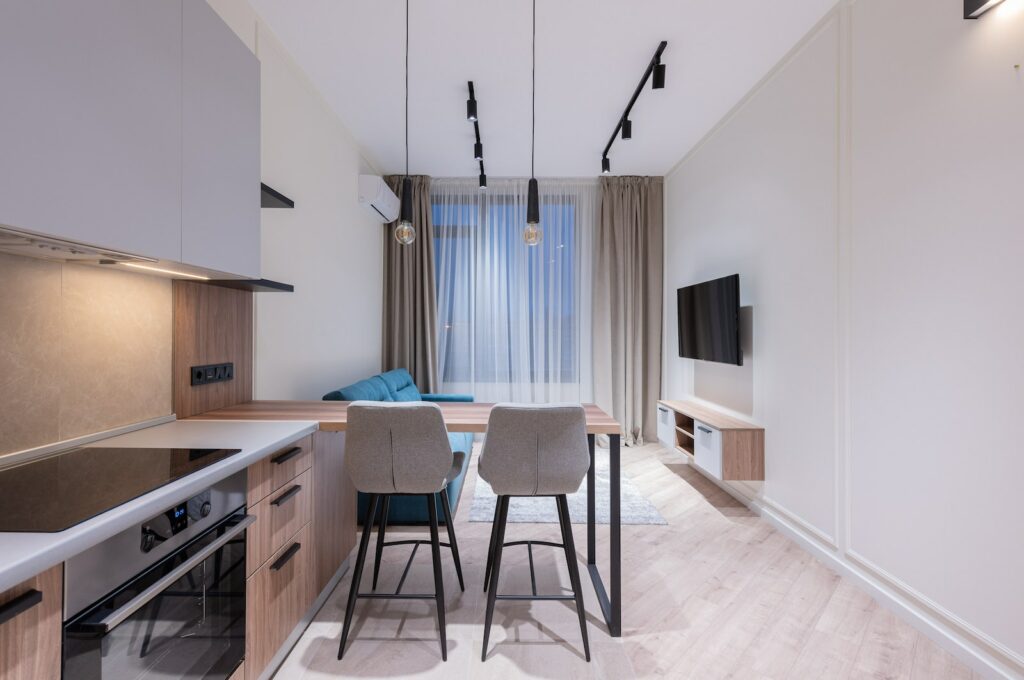Creating a Functional and Stylish Kitchen
Do you want to remodel your kitchen and create a functional and stylish space? Kitchen remodeling can be overwhelming and expensive. But with proper planning and forethought, you can transform your kitchen into a beautiful and efficient space where everyone wants to hang out. This step-by-step guide will guide you through the entire process of creating a functional and stylish kitchen, from planning and design to installation and finishing touches.
1. Analyze the Existing Layout
The first step to creating a functional and stylish kitchen is to assess the existing layout. Take a look at the overall size, shape, and flow of the room. Are there any elements that you would like to change or keep the same? Also, consider the current plumbing, electrical, and heating systems as these may require significant alterations or upgrades. Once you have an understanding of the existing elements, you can create a plan for the desired layout and features.
2. Designing the Kitchen
After analyzing the existing layout, the next step is to design the kitchen. Consider your lifestyle and the type of activities that you would like to do in the kitchen. Are you an avid cook or baker? Do you prefer entertaining in the kitchen? You can customize your kitchen to meet your individual needs and tastes. When designing the kitchen, think about the type of materials you want to use, such as countertops, cabinets, and flooring. Also consider the desired color palette and style.
3. Budgeting for the Kitchen
Once you have identified what you want to do in your kitchen and the type of materials you want to use, it’s time to create a budget. Make sure you take into account all the potential costs, such as materials, labor, and any additional services you may need. Consider how much money you are willing to spend upfront and how much you are willing to finance. Also, be aware of any potential hidden costs, such as plumbing or electrical upgrades or additional labor.
4. Selecting Materials and Finishes
Once you have an idea of what you want for your kitchen, you can start selecting the materials and finishes. Try to find a balance of quality and cost, as well as a design that will look great in the space. Consider materials like cabinets, countertops, fixtures, appliances, and flooring. Take into account the durability of the materials and finishes, as well as their aesthetic appeal.
5. Hiring a Professional
For most kitchen remodels, it’s best to hire a professional contractor. Professional contractors will understand how to properly install the materials and finishes and can provide valuable advice and expertise. Hiring a contractor will also save you time as they will be able to complete the job faster than if you did it yourself.
6. Managing the Work and Staying On Schedule
Once you have hired a contractor, it’s important to stay on schedule. Make sure that all the materials and finishes are in place before the contractor begins. Set up a schedule of when each task will be completed and keep the contractor informed of any changes. Also, don’t forget to factor in time for any delays or unexpected events.
7. Installing and Finishing Touches
Once the materials and finishes are in place, the contractor can start the installation process. Depending on the type of materials you’ve chosen, this may involve cutting and measuring, as well as making sure that the appliances are wired and installed properly. The contractor will also be responsible for any finishing touches, such as trim, moldings, and door handles.
8. Enjoying the Finished Product
When the installation is complete, you can sit back and enjoy your kitchen. With the right materials and finishes, you will have created a functional and stylish space that you can be proud of. You can also make sure to enjoy all the extra features and amenities, such as additional counter space or built-in appliances.
Time and Cost Required
How long it takes to remodel a kitchen depends on the size and complexity of the project. A small kitchen can take as little as one week to complete, while a larger project may take up to four weeks or more. The cost of a kitchen remodel also varies depending on the materials, labor, and other services required. A small kitchen may cost around $10,000, while a larger project can cost up to $25,000 or more.
Why Doing So Will Help the Reader
Remodeling a kitchen is a great way to improve the look and feel of your home. With proper planning and design, you can create a kitchen that is both attractive and functional. It can also increase the value of your home and make it more enjoyable for the whole family.
Precautions
It’s important to take safety precautions when remodeling your kitchen. Make sure all power to the kitchen is turned off before beginning any work. Wear protective gear, such as gloves and safety glasses, when working with sharp tools or power tools. Hire a professional contractor for any plumbing or electrical work to ensure that everything is done properly. Also, make sure to keep children and pets away from the work area to avoid any accidents.

